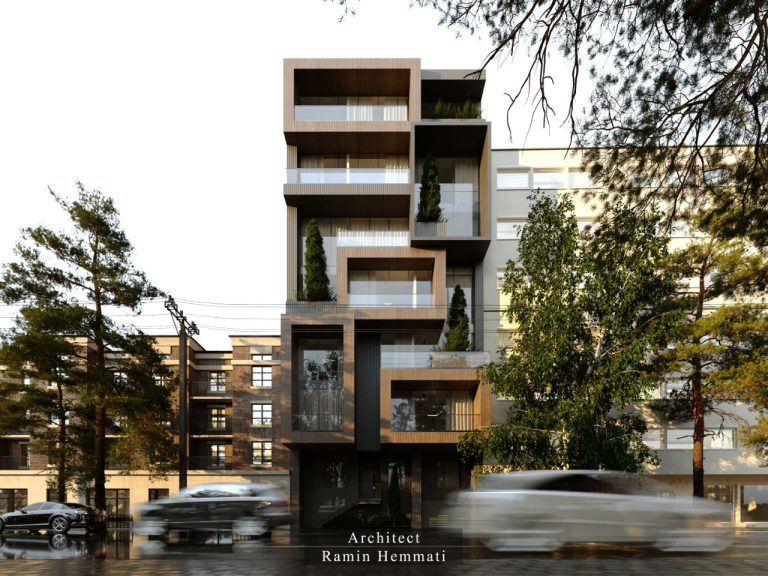نوع مقاله : مقالۀ پژوهشی
نویسندگان
- غزاله حنایی 1
- داراب دیبا 2
- حامد عابدینی 3
1 دکتری معماری، گروه معماری، دانشکدة معماری و شهرسازی، دانشگاه آزاد اسلامی، واحد تهران مرکزی، تهران، ایران.
2 دکتری معماری، استاد دانشکدة معماری، پردیس هنرهای زیبا، دانشگاه تهران، تهران، ایران.
3 پژوهشگر دکتری معماری، گروه معماری، دانشکدة هنر و معماری، دانشگاه خاتم، تهران، ایران.

باغ نظر (ماهنامه)
دوره 18، شماره 98
مرداد 1400
صفحه 32-21
بیان مسئله: با ظهور سلسلة صفوی، عصر جدیدی از مدنیت و پیشرفت در شهر اصفهان آغاز شد. پایداری اقتصادی و سیاسی، بههمراه برقراری توازن بین نیروهای اجتماعی، مذهبی و حاکمیتی، زمینهساز تحول بنیادین در ساختار شهری، روابط اجتماعی و مناسبات شهرنشینی اصفهان شد. از این رو، شهر شکل نوینی به خود گرفت و بستر لازم برای حیات اجتماعی پرتحرک در قالب رویدادهای جمعی با نگرشهای متنوع ایجاد شد، که نتیجة آن شکلگیری گسترة قابلتوجهی از فضاهای جمعی در گونههای مختلف از جمله پلهای شهری بود. بدین ترتیب پل اللهوردیخان، با تحولات کارکردی و کالبدی، به محل تجمع، تفرج و تعامل شهری بدل شده بود و نقشی مهم در مناسبات قدرت در شهر ایفا میکرد.
هدف پژوهش: هدف این پژوهش بررسی تأثیر ارتباط دولت صفوی با ملت، مذهب و شهر بر شکلگیری فضاهای جمعی اصفهان بهویژه پل اللهوردیخان است تا بر این مبنا جایگاه کانونی این پل در مناسبات قدرت صفوی در پیوند با سایر مؤلفهها در شهر اصفهان تبیین شود.
روش پژوهش: این پژوهش از نوع کیفی است و با روش تفسیری-تاریخی، و با مطالعة منابع کتابخانهای، به بررسی و تحلیل مفاهیمِ مرتبط با اهداف پژوهش میپردازد.
نتیجهگیری: ماحصل بررسیها بیانگر نقش ویژة حاکمیت صفوی بهجهت مشروعیتبخشی به ساختار قدرت (استحکام پایگاه مذهبی و مردمی) در روند رونق روابط اجتماعی و شکلگیری فضاهای جمعی بهویژه در پل اللهوردیخان است. تعامل و تسامح دستگاه حاکمیتی، بهمنزلة پایگاه اصلی قدرت، در نسبت با مذهب، جامعه، و شهر موجب شکلگیریِ نوعی فضای واصل میان دولت و ملت (فضاهای جمعی) و برقراری توازن میان آنها شده است. بر این اساس، پل اللهوردیخان، بهمنزلة فضایی جمعی، از حیث جایگاه و نقشی که در ساختار شهری اصفهان عصر صفوی دارد، کانون تسامح قدرت و توازن اجتماعی بوده است.
The Spatial Representation of Power Tolerance in Isfahan City during the Safavid Era (Case study: Allahverdikhan Bridge)
نویسندگان [English]
- Ghazaleh Hanaei 1
- Darab Diba 2
- Hamed Abedini 3
Problem statement: By the beginning of the Safavid rule, a new era of civilization and progress started to initiate in the city of Isfahan. Economic and political stability, along with a balanced establishing of social, religious and governmental powers, prepared a fundamental change in the urban structure and the social and urban relations of Isfahan city.
Therefore, the city moved toward a new kind of urban formation and the required basement for a dynamic social life in the form of public events with diverse perceptions was created, that all resulted in the foundation of a considerable range of public spaces in various type, including urban bridges. Accordingly, “Allahverdikhan Bridge”, with its functional and physical development, become a place of public gathering, recreation and urban interaction, which has played an important role in power balance in the target city.
Research objective: The aim of this study is to examine the Safavid government relation with people, religion and city, and to study their effect on the formation of public spaces in Isfahan, especially Allahverdikhan Bridge. Based on this, the central position of this bridge in the Safavid power’s relation can be explained in accordance with the other components in the city.
Research method: A qualitative research study was adopted to analyze the concepts of research objectives through an interpretive-historical method and by addressing the library resources.
Conclusion: The results show that the special role of Safavid reign was to legitimize the power structure (reinforcing the religious and public base) in the process of social relations’ development and the formation of public spaces, especially in Allahverdikhan Bridge. The interaction and tolerance of the government system as the major base of power, in relation to ‘religion, society and city’, led to the formation of a connected space between the state and people (public spaces) and the balanced establishment between them. In this regard, Allahverdikhan Bridge as a public space, and considering its position and role in the urban structure of Isfahan in the Safavid era, become the center of power tolerance and social balance.
ترجمان فضایی تسامح قدرت در اصفهان عصر صفوی (مطالعة موردی پل اللهوردیخان) اصل مقاله 681.36 k
صاحب امتیاز: پژوهشکده هنر، معماری و شهرسازی نظر
مدیر مسئول: دکتر سید امیر منصوری
سردبیر: دکتر احمد پوراحمد
دوره انتشار: ماهنامه
شاپا چاپی: 1735-9635
شاپا الکترونیکی: 2251-7197





















